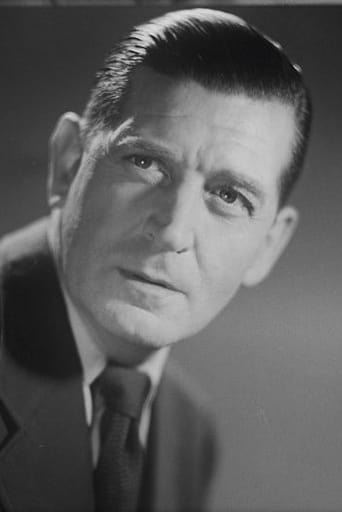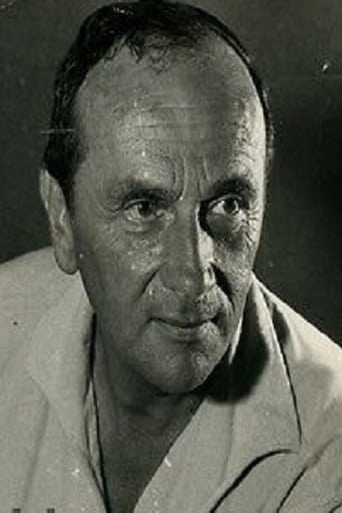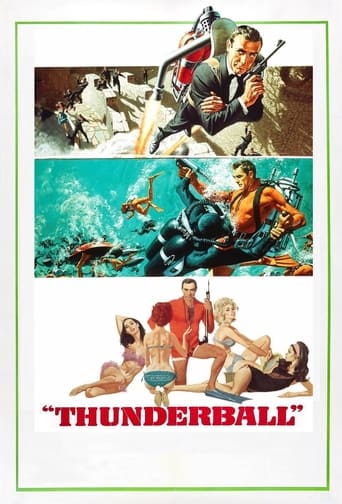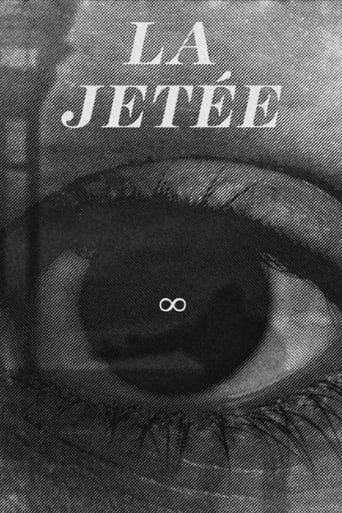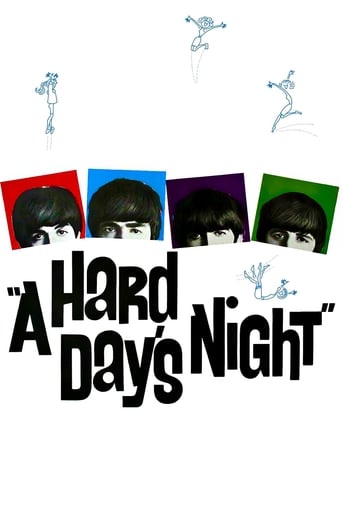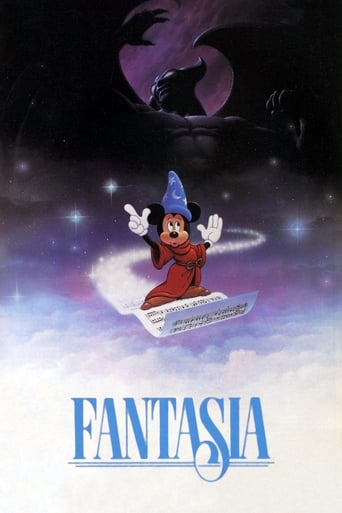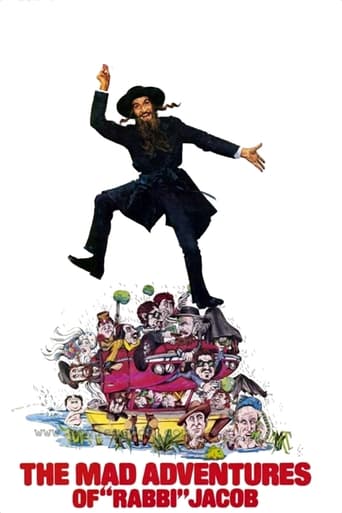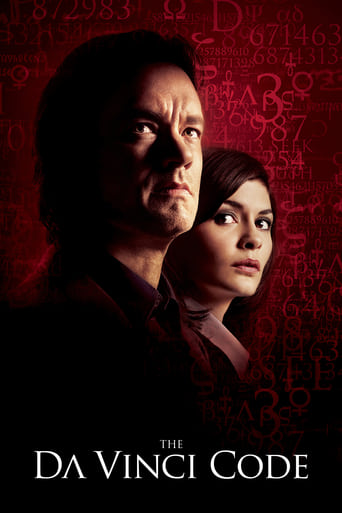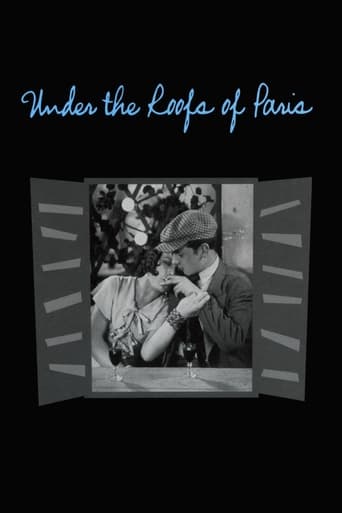
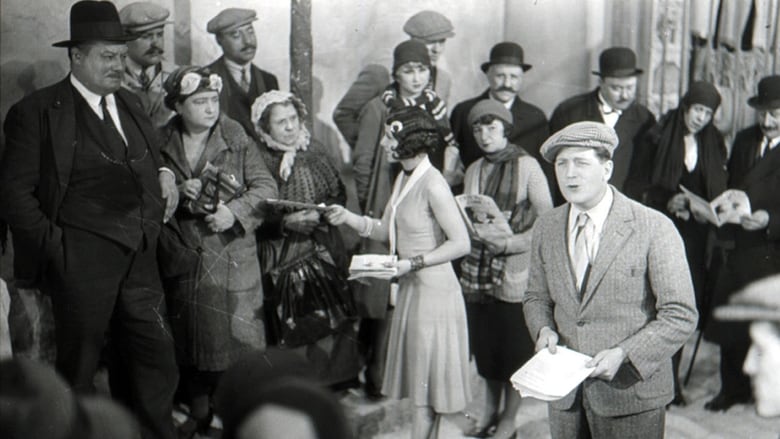
Under the Roofs of Paris (1930)
In the tenement slums of Paris between the world wars, impoverished street singer Albert yearns for beautiful Romanian immigrant Pola. Pola's boyfriend, local hoodlum Fred, grows jealous of Albert's constant attention to his woman and frames the hapless musician for one of his own petty crimes. But while Albert is in prison for Fred's misdeed, Pola ends up falling for Albert's faithful best friend, Louis.
Watch Trailer
Cast


Similar titles
Reviews
Having been highly impressed by "Le Million", I decided to check out Rene Clair's other acclaimed musical comedy, "Under the Roofs of Paris". I can happily assure you that this film was even better than "Le Million" in almost every single way. It amps up the heart and humor, has a much stronger emotional impact, and, while "Le Million" felt like a purely plot driven film, "Under the Roofs of Paris" balances plot and character to near perfection.This hilarious love story unfolds slowly and steadily, introducing the audience to different characters and places without rushing everything. We watch and learn before the plot strikes us like a lightning bolt of beauty. Rene Clair's camera beautifully glides through the streets of Paris, following characters and peaking in on their most fragile moments. This film is like the finest work of literature; it contains laughs and tears, moments of melancholy and hope. It is, simply, a masterpiece.
"Under the Roofs of Paris" is a film written and directed by René Clair. His direction is lovely--with some creative and lovely camera-work. As far as the story goes, it seems a bit thin.The film begins with Pola being vigorously dated by Fred. In other words, the thug Fred isn't about to take no for an answer--and Pola is naturally creeped out by him. Ultimately, Fred steals her apartment key and Pola is understandably afraid to return home. When she bumps into Albert, he takes pity for her and takes her home. Over time, they fall for each other. However, Albert is arrested (thanks to his friend Emil) and Fred isn't about to allow Albert and Pola to be together. What's to come of them? Technically, the film is a mixed bag--though I really cannot fault the film for its deficits. Although the film is part sound and part silent, films outside the United States took much longer to shift to all-talking pictures--so I accept that French films still were making the transition. Sound-wise, this 1930 film is very similar to 1927's "The Jazz Singer"--with a few songs and a bit of dialog but otherwise being essentially a silent film. However, what was very advanced was the camera work and the crane shots--they were very impressive and the film sure looked great.Apart from the technical, the film had a story that seemed a bit weak. There isn't a lot of depth to the characters, they aren't necessarily likable and I didn't feel all that involved with them. So, overall, it is worth seeing but not a must-see--and not as good as some of the director's other efforts.
The great French film actor Jacques Tati made several films that tried to capture a Paris that disappeared even before World WarII. It was a world best seen through the gifted photography of Atget and Brassai. A world of intimacy, silent streets, virtually no traffic, limited means, but unlimited pleasures. A wonderful opening shot glides across rooftops to join a cluster of ordinary Parisians enjoying a singalong, an odd but compelling precursor of karaoke and rock concerts, but untarnished by special effects or hype. There is a sense that we are witnessing a street version of Lautrec's Moulin Rouge.The cinematography is extraordinary. It can only be compared to Fritz Lang's "M", or the "Third Man". Very little actually happens and dialogue is used sporadically. Yet we find ourselves caring very much about the people about whom we know so little.An unforgettable film.
For René Clair's influential film Sous les toits de Paris, sound and action were put together in a way that should have set an example for the impending technological developments that were about to take over cinema. Clair's concern for "talkies" was not one which totally denounced the use of sound in film, it only viewed it skeptically so as not to lose cinema's essence. Clair instead adopted a skepticism of talkies so that the art of cinema, his "new medium of expression" or "new poetry", would not be sold out to the masses of audiences looking for a thrill, or big industrialists looking to make big bucks at the box office. René Clair used so many original and striking combinations of sound and image in this film. There are a few most notable that I wish to discuss. The moments I vividly remember in Clair's movie all involve either movement of the camera or the relationship between sound and image. I greatly admired the use of the train and shots around the fight in the alley that heightened the excitement and anticipation. When the alley fight breaks out, we view at first from behind a pole, then from behind a fence with smoke, then in complete darkness. At every subsequent shot we lose more and more information as to what is happening. This is accompanied by the sound of a chugging train, pulling through loud and fast, which serves to describe the rough action but not lucidly identify it. This convention takes our auditory sense of the fight away as well. This loss of senses of the visual and audio correlation is a technique which sparks our imagination and lets us "fill in the blanks" or draw possible conclusions as the scene plays on. It is impossible to not wonder who is winning, was Albert stabbed, who will be hurt etc. because there are no perceptual clues to give us a hint. This beckoning for the audience's imagination is the heart of Clair's vision. Most of the conversations between characters are treated in the same fashion. Whether the sound is shut out by the closed café door (as in the scene between Albert and Louis rolling dice for Pola), or by the lowering of dialogue to an inaudible whisper (as in Albert whispering to Pola and her replies of "no."), or in the confines of the non-diegetic sound filling the scene (like when Fred and Pola argue in the bar but the bar noise outweighs their fight), the audience is left to make up the dialogue themselves. Clair's ability to leave the useless talking out and still create wonderful soundscapes and captivating excitement is a point of artistic praise for Sous les toits de Paris. More evidence for Clair innovative use of sound and picture is in the alarm clock scene. In the scene, after Pola and Albert are waking up from the night before, we see Pola sleeping in Albert's bed and Albert on the floor. Suddenly, an alarm rings and wakes them up, but the camera cuts to Pola's high heel shoes on the floor next to Albert. Albert reaches over and taps the shoes- and the alarm shuts off. Viewers, (myself included) are confused until the shot is drawn back and we see Pola reaching over to turn off the true alarm clock. Moments like this are bits of creative brilliance that serve to trick us and keep us aware of the sounds we are hearing in relation to what we are watching.René Clair used the capabilities of synchronized sound in moderation in order to hold the qualities of silent film but still incorporate new technology. His use of sound was used creatively, to parallel the action, trick the audience, or make the visuals altogether striking. The auditory ambiguity is created with a purpose that stays true to the art of cinema.


